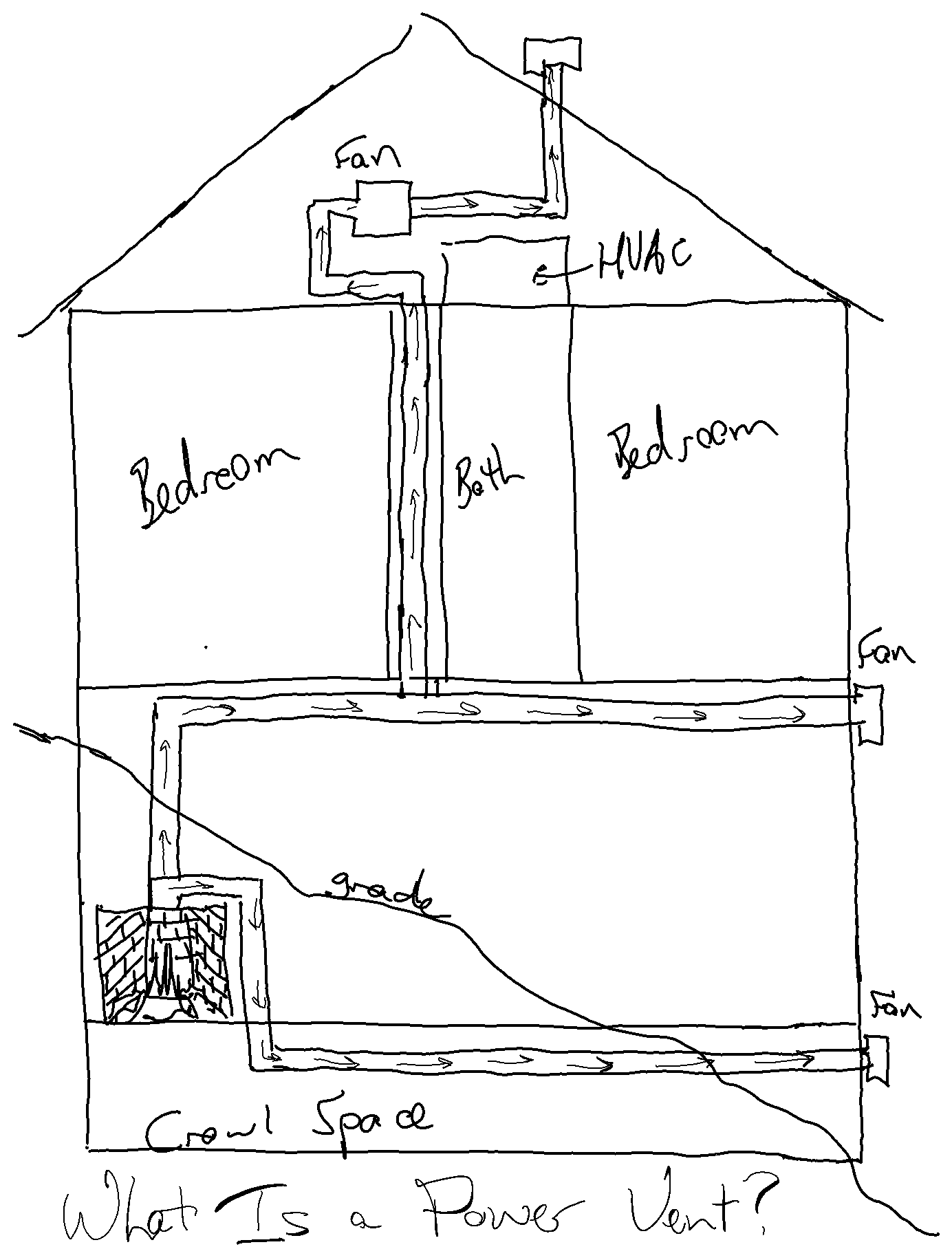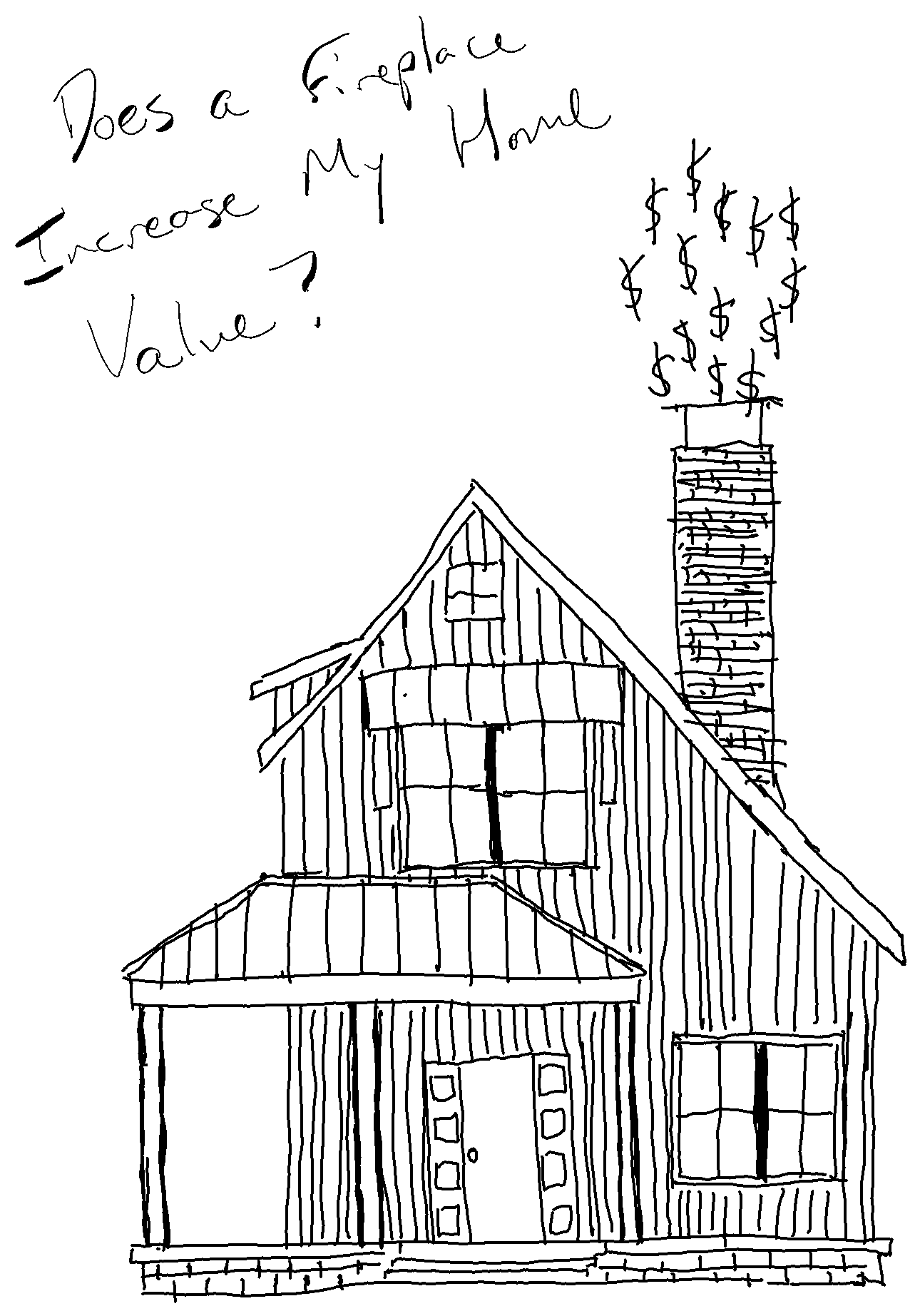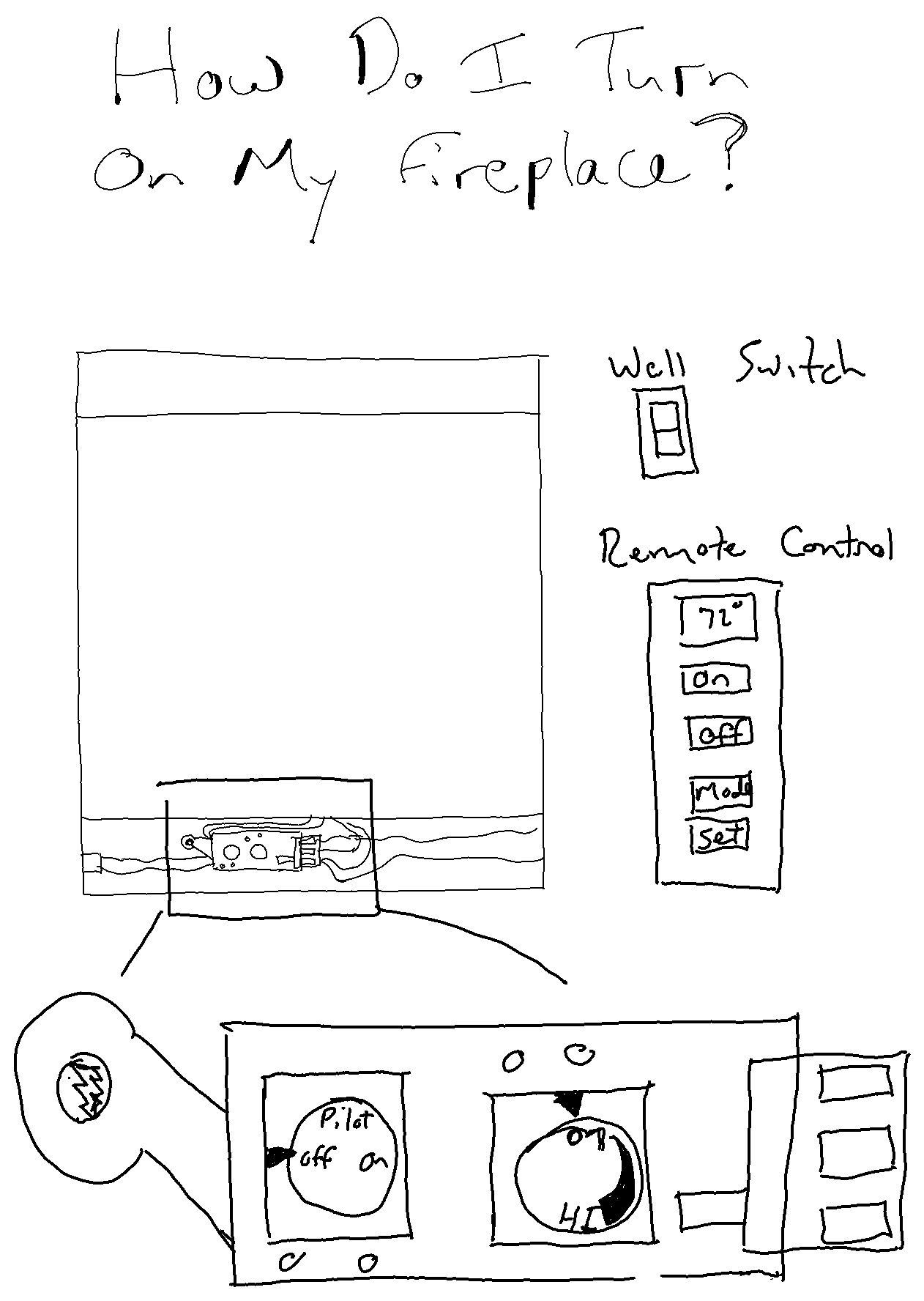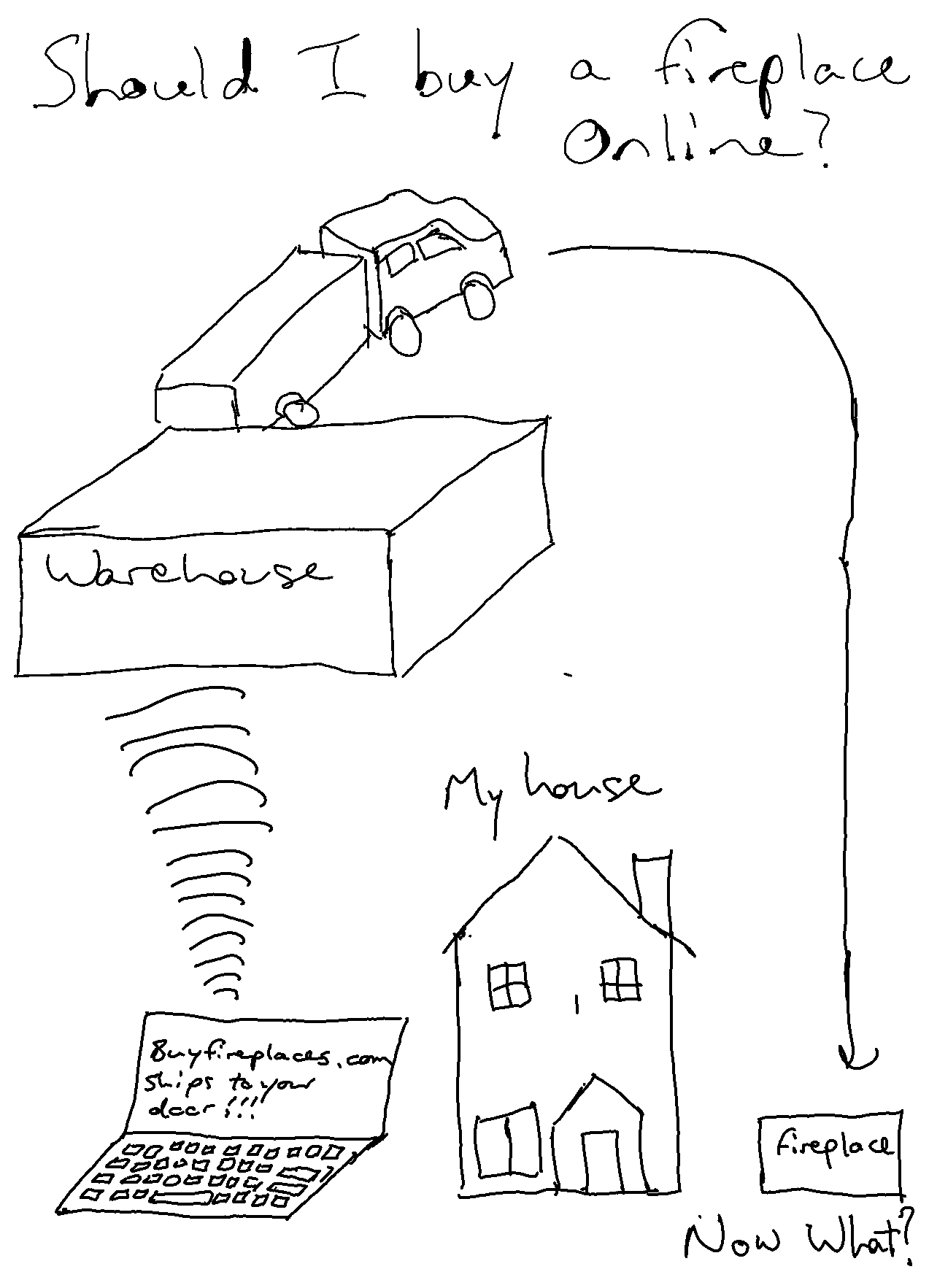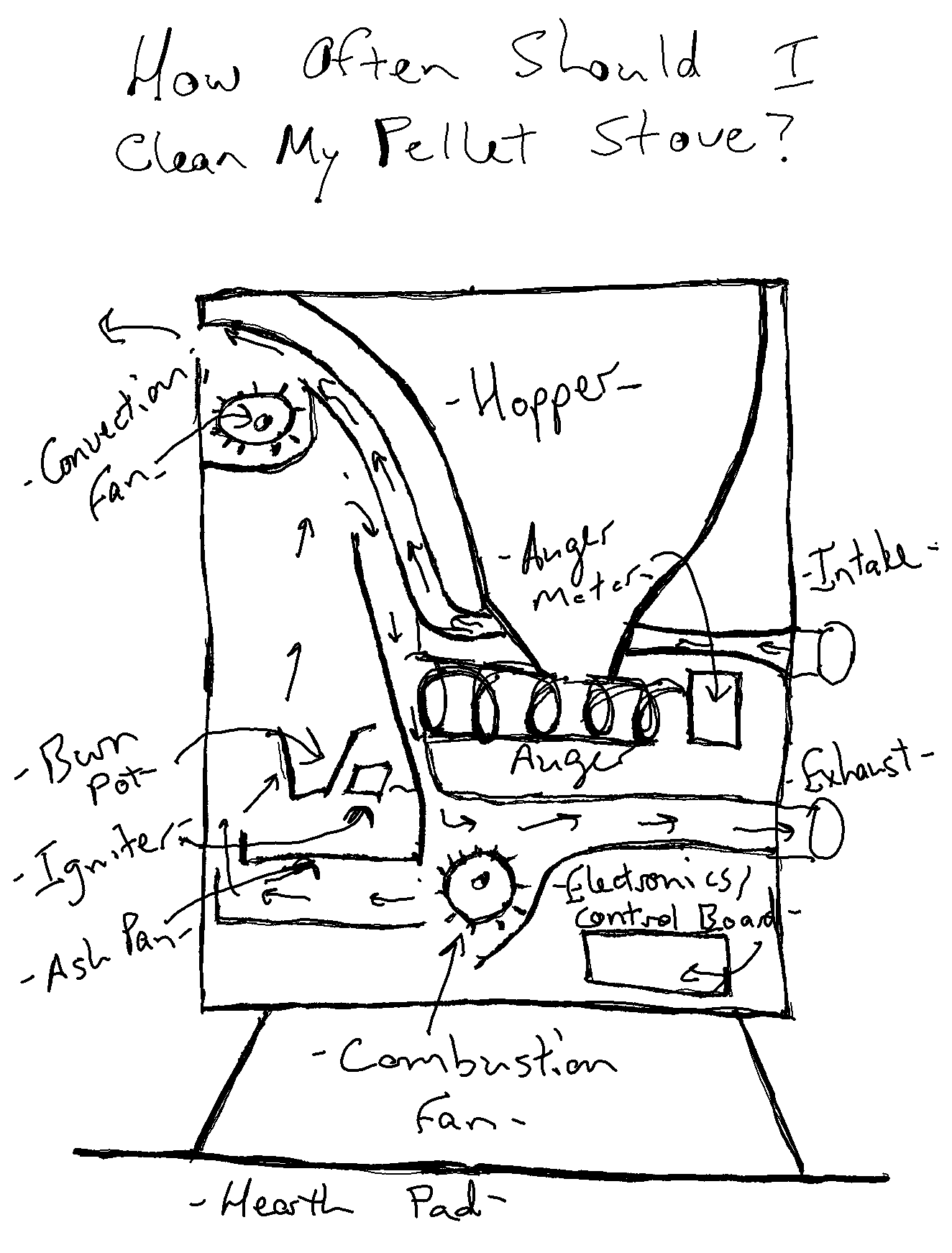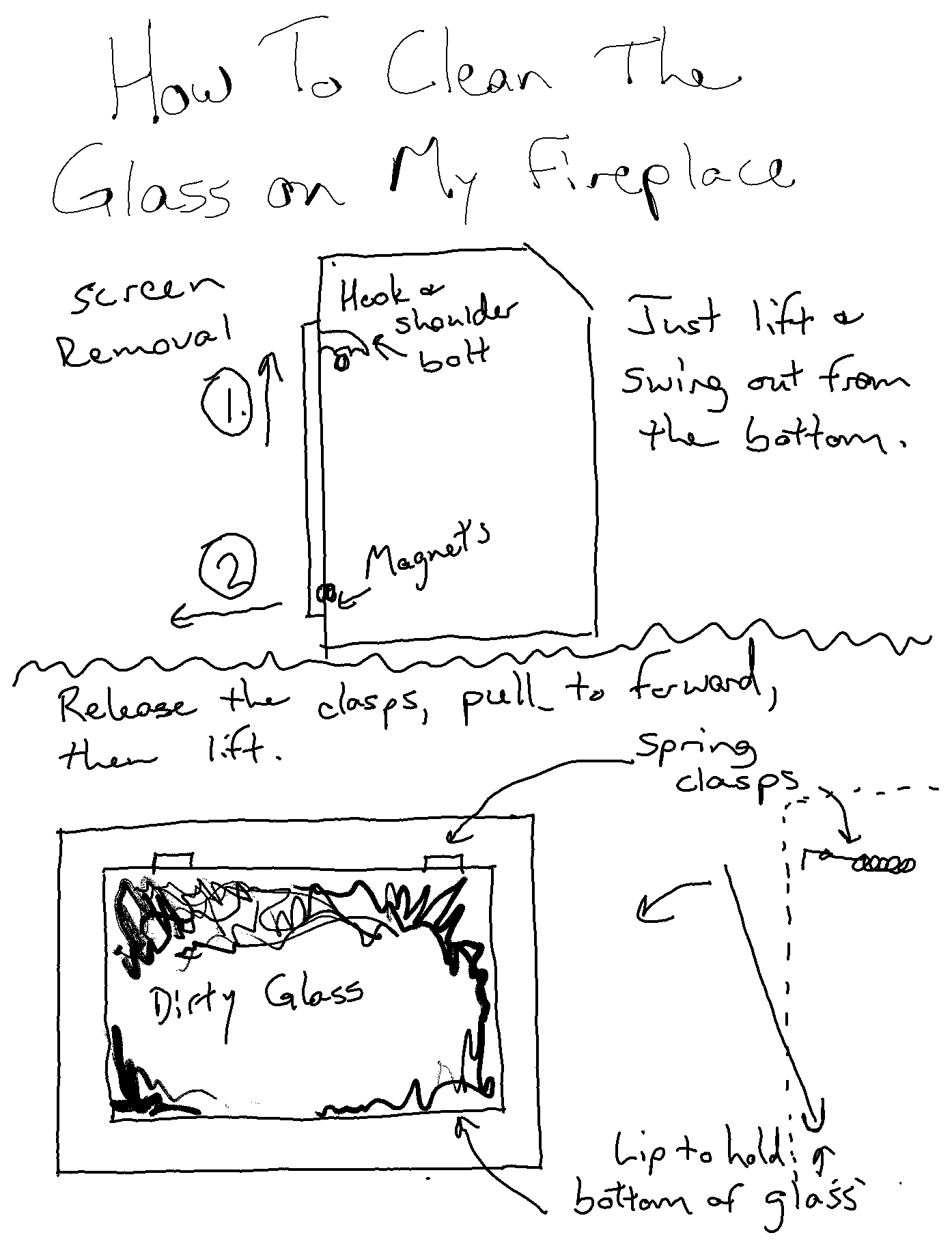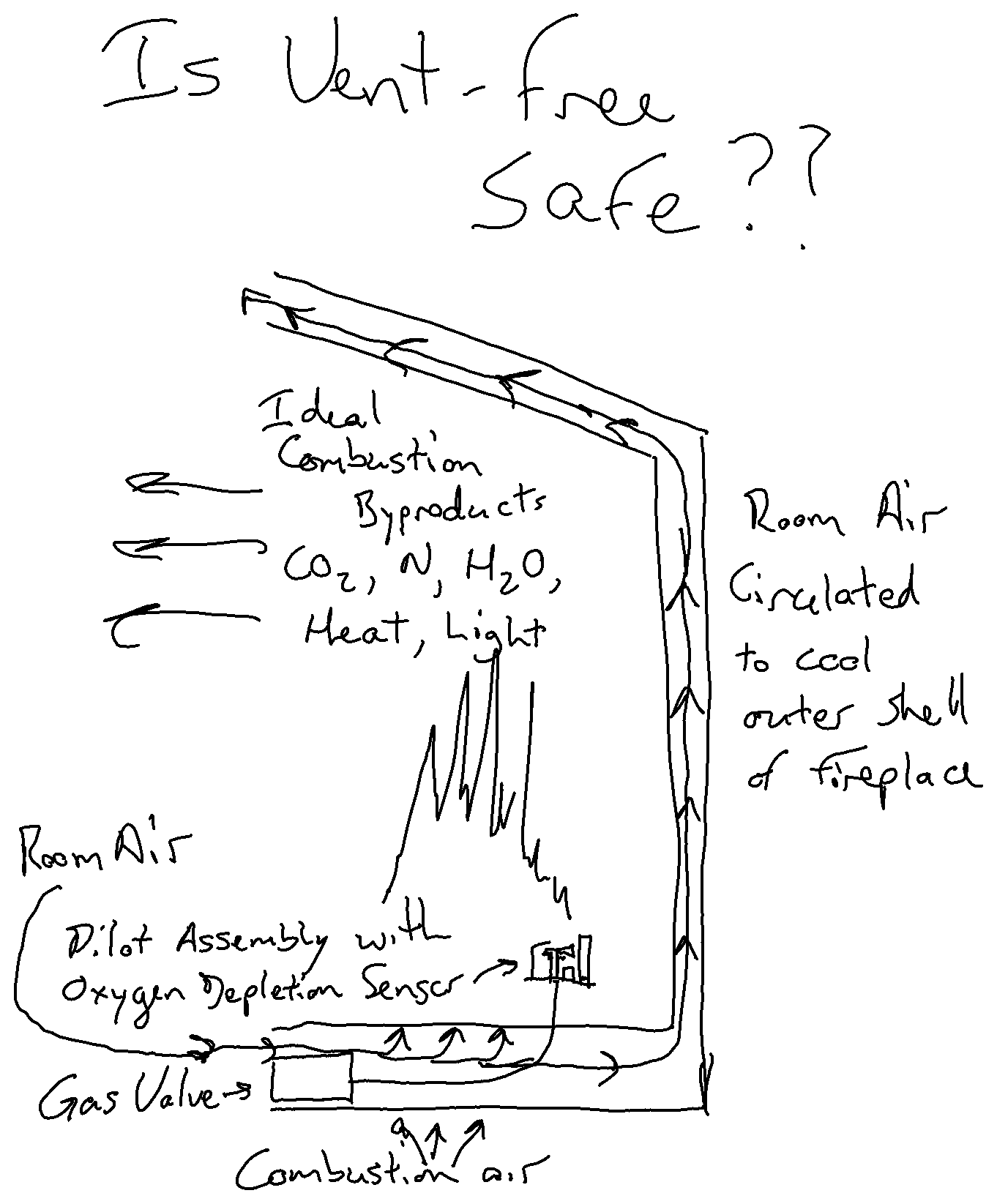
Do gas fireplaces work without power?
Are gas fireplaces good for emergency heat?
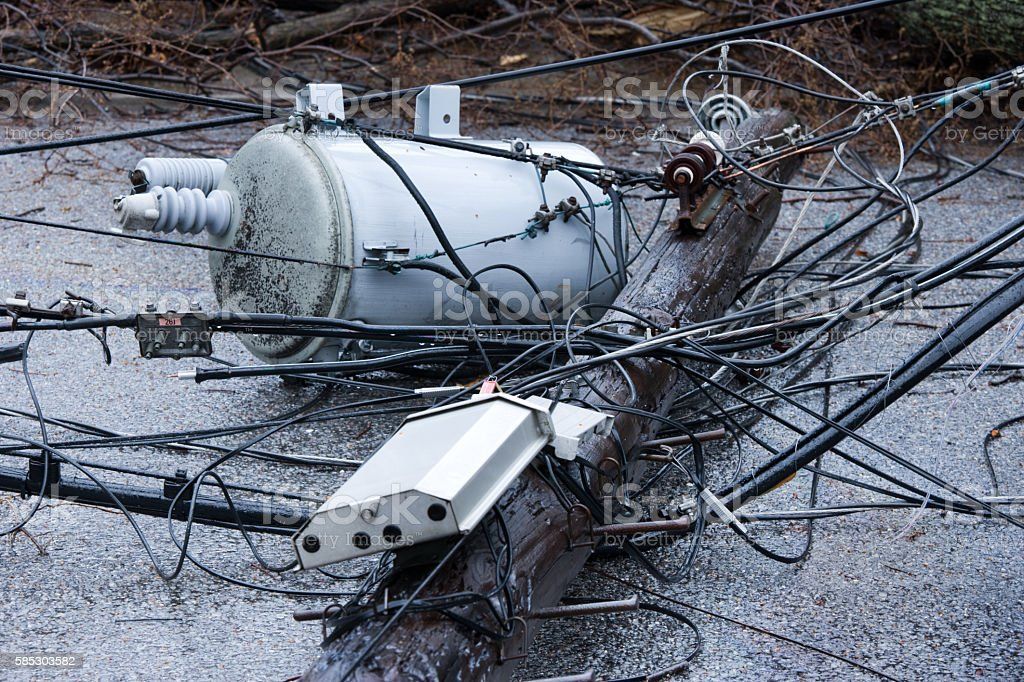
Is there a need for backup heat?
The winter of 2023 has been a long one. In the Sierra Nevadas, record amounts of snow fell, leaving some residents without power for weeks at a time. Extreme weather seems to be a more regular occurrence these days, with different parts of the country experiencing tornadoes, strong thunderstorms, floods, hurricanes, earthquakes, blizzards, or even demand-related power outages. This is particularly troubling when we consider that most modern home heating systems use electronic ignition systems, and will not work unless you have a generator. Since only about 5% of homes do, that leaves a lot of folks with no good way to heat their home without electric power.
What's the best way to heat my home without power?
If you've ever tried to use an open hearth wood-burning fireplace to heat a space, you certainly know how inefficient it is. I've often wondered how our colonial forebearers managed to keep a home warm in the winter with only these types of fireplaces. My conclusion is that they burned ridiculous amounts of wood, wore every stitch of clothing they had, kept their bed within 6 feet of a fireplace, and woke up every 3 hours to add more fuel. If that sounds like a good plan to you, then you can indeed use your masonry fireplace to keep warm when the power goes out. For this reason I have seen a tremendous increase in demand for EPA certified wood stoves and inserts. They use far less fuel, and heat a much larger area. Especially for folks who use propane, this type of wood burning appliance can be a huge benefit in emergencies. However we know that there is an unquestionable advantage in terms of convenience when it comes to gas fireplaces, and that they can heat as large an area as a good wood stove. Fortunately, most of these will work just fine even without power.
How do I light my fireplace when the power is out?
We've discussed the different types of ignition systems before. If you need a refresher go back to my post about lighting your fireplace. How Do I Turn On My Gas Fireplace? (thefireplacewizard.com) For millivolt ignition fireplaces, the process will not change at all. Those don't need power ever, so you'll have no issue getting those to work. For electronic ignition fireplaces, you'll need to find the battery backup. Of course it's always recommended to familiarize yourself with this procedure before the lights go out, as different models have different locations for their battery backups. Mendota even uses a system that puts a wall-mounted port next to the fireplace, so you just have to plug in the supplied battery box, no need to open anything on the fireplace itself. Most fireplaces though will have a battery box inside the access area underneath the window of the fireplace. Most will use triple A batteries, but there will be some that need 9V, so make sure to have some of those on hand. Once you get the batteries in, you can turn on the fireplace as usual. The only thing that will be different is that the fan won't work. Still, the fireplace will produce as much heat as ever, it just won't move it to the other side of the room as quickly.
Do all gas fireplaces have a battery backup?
The most common fireplaces that do not have battery backup systems are those with power vents. Batteries just don't have enough power to operate the power vent, and without it the system will not work. It's something to be aware of when installing a power vented fireplace. Outside of that though, virtually all gas fireplaces that I'm aware of have battery backups as standard equipment, although there are a few that offer it only as optional. If emergency heat is important to you, make sure to let your dealer know that you need that, so they can recommend the right fireplace for the job. That way, when your neighbors are panicking, they can come over to your place to stay cozy.
More from Fireplace Wizard

